Don't wanna be here? Send us removal request.
Text
It's (African) Lit African Folktales: Why The Hippopotamus Lives in the Water.
Why the Hippopotamus lives in the Water
This is a folktale from Calabar in Southern Nigeria. CW: Death . For more african folktales and readings check out my livestreams on periscope at periscope.tv/TheBlackTCK and signup to the Africa Speaks Library for easier access to the replays.
Once upon a time there was a hippopotamus, named Isantim. He was one of the biggest kings on the land; second only to the elephant. The hippo had seven large wives, all of whom he was very fond. As he was a very rich king, now and then, he would through a huge feast for the village people, however, although every one knew the hippo, no one, except his seven wives, knew his name.
At one of the feasts, just as everyone was about to sit, the hippo said, “You have come to eat at my table, but none of you even know my name. If you cannot tell me my name, you shall all go away without your dinner.”
As no one could guess his name, they all had to go away and leave the delicious food and tombo behind them. But before they left, the tortoise stood up and asked the hippopotamus what he would do if he told him his name at the next feast? So the hippo replied that he would be so ashamed of himself, that he and his whole family would leave the land, and for the future would dwell in the water.
Now, the tortoise knew that every morning and evening, the hippo and his 7 wives would go dow to the river to wash and have a drink.The hippo would lead the procession to the water and his seven wives would follow him. One day when they had gone down to the river to bathe, the tortoise made a small hole in the middle of the path, and then waited. When the hippo and his wives returned, two of the wives were some distance behind, so the tortoise came out from where he had been hiding, and half buried himself in the hole he had dug, leaving the greater part of his shell exposed. When the two hippo wives came along, the first one knocked her foot against the tortoise’s shell, and immediately called out to her husband, “Oh! Isantim, my husband, I have hurt my foot.” Once the tortoise heard this he was ecstatic and went home happily, as he had found out the hippo’s name.
When the next feast was given by the hippo, he made the same condition about his name; so the tortoise got up and said, “You promise you will not kill me if I tell you your name?” and the hippo promised. The tortoise then shouted as loud as he was able, “Your name is Isantim,” at which a cheer went up from all the people, and then they sat down to their dinner.
When the feast was over, the hippo, with his seven wives, keeping to his promise, went down to the river, and they have always lived in the water from that day till now; and although they come on shore to feed at night, you never find a hippo on the land in the daytime.
The End.
0 notes
Text
5 Steps to Building A Badass Art Brand (+FREE Art Branding Quiz)
You know what sucks?
Helping other people with the brand assets and being completely stumped when it comes to your own.
I CANNOT tell you how many times I've come back from a ridiculously amazing brand meeting with a client just to spend the next few hours staring in dismay at a blank screen when it came to my own work.
As artists and creative writers, we can sometimes overlook the fact that there is a huge difference between building a brand for yourself and building brand assets for another person. Just because you can design a logo or a witty tagline for your clients doesn't mean that you can build an entire brand that is effective and authentic around your art, at least, not unless you have a well-defined plan.
Because I love you and don't want you to continue writhing in pain over whether you should go for a tomato red or a burgundy for your brand logo, here is my not-so-secret 5 step plan to building a badass art brand (also known as PAINT)
1.Pick Your Core Values:
Write a list of the top few words that you want people to associate with your brand. If you aren't sure of what kind of words that would suit your brand, think of the kind of values that your ideal audience would appreciate. For example, if you are a children's book author, your ideal audience might appreciate nurturing, creative or innocent qualities and values. As an artist or creative writer the values that you and your audience share should be prioritised in your list. Narrow the list down to your top 3 values. These 3 values will be the foundation of your brand.
2. Assess Your Mission:
Your mission is your purpose. It is the "why" behind what you do. As a creative it is the connection between your needs as an artist and the needs of your audience.It can be simply defined as:
"Passion + Pain Point = Purpose
Where passion = your talents, skills and desires as an artist
Pain Point = what your ideal audience needs from you, i.e. why they see your art as important
Purpose = mission"
As an creative person, there is an impact that you want your art to have on your ideal audience. There is a way that you want it to provide value to their lives. There is a story that you want to tell. When you know what story you want to tell and how you want to tell it, then you will know your mission.
3. Identify your message:
After you discover your mission, the next step is to identify and flesh out your message. At this point in the process you need to learn everything that you can about your ideal audience and customers. You need to learn who they are, what they believe in, what they do and what stories they need you to tell. You need to learn everything that you can about your ideal audience and what they want from you so that you can provide it to them with your art, in a way that they can receive it. For more help on how to identify your mission and your message download the free Sell More Art workbook here.
4. Notice Your Season:
The next step to building a badass brand around your art is to create your visual identity by using seasonal color psychology. Seasonal color psychology is based on the idea that certain colors evoke certain emotions and values and can therefore be grouped. Each season has certain values, industries , colors, fonts, icons, etc that correspond with it. Your 3 core values will help you identify what seasons best reflect your brand, and with that knowledge you can build a consistent visual identity around your art. You could even use the information to build a brand moodboard on pinterest or elsewhere.
HotTip: To learn your primary seasonal color identity, take this FREE Artist Branding Quiz.
"Your 3 core values will help you identify what seasons best reflect your brand, and with that knowledge you can build a consistent visual identity around your art."
5. Talk in your archetype:
The last step of building an art brand that does everything you need and more is to get clear on your brand voice. The best way to do this is by figuring out your primary and secondary brand archetypes. Brand archetypes are identities that explain how your brand communicates to your audience in a clear, quick and concise way. Simply put, it is your brand's voice. If you know your archetypal identity it makes it so much easier to create consistent copy and messages that allows you to connect with your ideal audience.
To learn more about archetypal brand identity or anything else on the list you can join me in the Art Speaks Society, my FREE online community for artists who want to get paid to create.
0 notes
Text
#ResistanceArt: "What Your Silence Says"
What your silence says to me.
That your comfort is more important than my grief.
That your fragility is more important than my humanity.
That my life doesn't matter to you and it shouldn't matter to me.
What your silence says to me.
That you'd put your headphones in your ears and listen to the latest Matt Maher song as the Man in Blue spills my blood in the streets.
That after I was gone you'd claim that you never really knew me.
That I smiled too wide and behind that smile must have been a sadness that ran just a little too deep.
That the quirks of mine you claimed to love where really just signs of my brewing insanity.
What your silence says to me.
That you're happy that I'm gone and wished you'd never met me.
That the footprints that I left on the shores of your life have already been washed away by the cool seas of your inhumanity.
That the colorless baby that you don't know matters much more than the colored me you see before thee.
What your silence says to me.
Your claims that you want us all to be,
Free and happy and "colorblind",
Trapped in this so-called "post-racial" time,
Where my blackness isn't a target on my back,
And a verdict to die.
-Tese The Black TCK
0 notes
Text
Orange is The New Black's Poussey and The Erasure of The Black TCK
Spoiler Alert: This article contains spoilers for season 3 of Orange is The New Black, particularly the finale. If you haven't watched all of season 3 expect spoilers.
One of the greatest and most insidious crimes of white supremacy is the consistent portrayal of people of color as one-dimensional beings with a single story. Whether the narrative is one of "positive discrimination" as in the case of the "Nerdy Asian kid" or the "Magical Negro", or blatantly "negative discrimination" as in the case of the "Angry Black Woman" archetype, it serves to take away from the humanity of the person of color by painting all members of a group with one mediocre brush.
That's why it's important to have shows like Black-ish and Scandal, How to Get Away with Murder and Empire where black people are portrayed in a variety of ways with complex stories and backgrounds. Until black people and other people of color are allowed to be seen as multi-layered individuals and not tokenized living archetypes serving to fulfil some abstract diversity quota, movements like #OscarsSoWhite started by April Reign will continue to be necessary.
Poussey was a sign of the times we live in, where there is a growing awareness of the importance of diverse stories in media. Immigrants and refugees are usually coded as people of color, while expats are usually portrayed as white. When I found out that Poussey had grown up in multiple countries, I was struck to my core. Here, finally was a black woman on TV who shared my story. Poussey was a young black woman who had struggled with some of the unique labels and expectations placed on black children whose childhood is spent outside of their home country. She understood what it meant to be a representative of your family and your country even as a kid because of your parent's work.
Poussey knew what it felt like to have people assume that you are an immigrant and that you are trying to get away from a home that they assume is worse than where you are now. She understood what it felt like to be stereotyped as someone who came from an economically disadvantaged background just because of the color of your skin. When she fought with Brooke, her girlfriend, because Brooke had assumed that her nerves around her idol were because she came from the hood, I felt her pain. She wasn't angry because she felt insulted by her assumption. She was hurt because she realised that her girlfriend whom she loved couldn't be bothered to know her story and to a TCK that origin story, the story of where you come from, means everything. TCKs joke often about the dread we feel when someone asks us where we are from, partially because it's hard to answer, but also because it hits a particular chord for many TCKs. Home and identity are so closely intertwined and for many it is something that comes with a lot of questions and hurt. The idea of having a home, one place that you belong, can seem foreign when you have spent much of your life in transit. Poussey was the first black girl I've seen on TV that understood the black and TCK experience because she lived it.
When Poussey was killed off I was crushed. Her relationship with Brooke, her joy and her hope for the future, were the only bits of light and relief from a season rife with emotional trauma porn. The way she died and the lack of dignity with which her death was handled, where her body was left on the ground in the hall for hours after the fact, was atrocious and unnecessarily cruel. The length of time it took for them to contact her father after she had died was unbearable and the way they chose not to mention her name to the media left me cold. It was supposed to be a nod to many of the deaths and experiences that have spurred the Black Lives Matter movement but it was poorly handled. They made her death an accident in which the killer was portrayed as having made a mistake that anyone could make and humanized him through several dialogues and story choices. It was a slap in the face and after discovering the lack of diversity in the writers' room, it is no surprise to me that the episode went down like a lead balloon in many circles.
Poussey was a character that existed as a shock to the white imperialist narrative of white as expat and black as immigrant. She was a beautiful character with a wonderful story and she will be missed, at least by this TCK.
0 notes
Text
On Sexuality, The Spectrum And That Kiss From Empire
Spoiler Warning: This piece includes spoilers from Empire Season 2: Episode 9
If you have not watched this episode of Empire you need to watch it. It was amazing. Go do that now before you finish reading this article, or at least read a recap of the whole episode because this is more of an Empire appreciation/analysis post. That said, I have given you sufficient warning if you don’t want to read spoilers.
Before I get into the meat and potatoes of this analysis, can we just acknowledge the epicness that was that kiss between Skye Summers (Alicia Keys) and Jamal Lyon (Jussie Smollett)?! It was the perfect end to their performance of the song “Powerful”. It really took the whole episode into a completely different space, for multiple interesting social reasons that, but it also just felt like the perfect climax to all of the tension in the episode. It was a beautifully executed scene and I drank up every moment of it.
Now on to the very interesting social stuff.
One of the reasons I love Empire is because it sees potential controversy and instead of skirting around it like lesser shows would do, it runs straight into it and embraces it, a move that usually allows for some pretty dynamic TV moments.
Take the kiss for instance. When the kiss happened I screamed bloody murder throughout my house. Then I shot up out of my bed, squealed and did a straight floor drop like I was in a freaking dance battle (No lie. And I have never done this before). And it wasn’t because I don’t think that that it would be possible for a moment like that to transpire in real life, but it was because I honestly didn’t think that they would promote the idea that human sexuality is more complicated than being just gay, straight or bi. It was an incredibly bold choice to allow a gay character, whose fight to live in his truth has been so central to his storyline, to realise that that truth may not be as simple as he may have thought. There are many people, who despite all proof to the contrary, still believe that sexuality is a binary. This is evidenced by the widespread existence of bi-erasure which, very simply put, is when people imply that bisexual people don’t exist and are actually just “confused people who need to pick a side”. As expected, as soon as the kiss was over the bi-erasing opinions started to appear en masse on twitter.
“Jamal has to pick a side”
“So now Jamal is straight?”
“Alicia Keys can turn any man straight”.
And so on.
Now, don’t get me wrong, I didn’t expect that they were going to announce that Jamal was actually bi (Talk about a plot twist. That would have been wild right?!). I just hoped that they would use it as an opportunity to challenge people’s understanding of human sexuality. I know it may seem like I was asking a lot of Empire, but like I said before, Empire doesn’t often shy away from tackling controversial issues. A girl can dream, right?
Unfortunately, the episode ended with the kiss and we had to wait until the following week to see how they would handle the topic. I’m not going to go too far into the details of the next episode because that would be a different article altogether, but I will say that I think they handled it really well. Jamal is still gay, and while he cares deeply for Skye he admits he will never feel for her the way that he felt for ex (Michael, a gorgeous white-passing latino man). He seems to imply that while he is a gay man who is attracted to men, that doesn’t necessarily mean that he is completely repulsed by all women.
He suggests that sexuality, like many other aspects of humanity, is a lot more nuanced than the inferences often made into some of the labels we use to describe ourselves. I, for one, am very glad that this was the view his character held in the show. There are way too many different people in the world with a variety of experiences, beliefs, and identities for people to expect that all of these people can fit into a few neat, little boxes. If a popular prime time show like Empire can admit this maybe we aren’t too far off from having better, more nuanced representation of marginalised people on TV.
0 notes
Photo
I’m not even a student right now but this is incredibly helpful <3
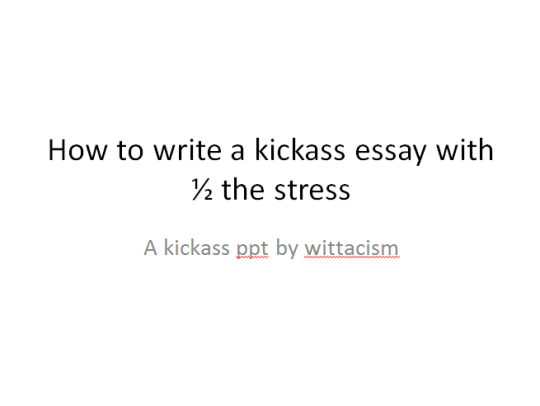
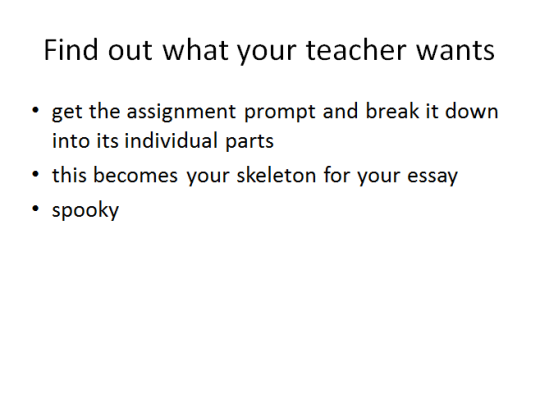
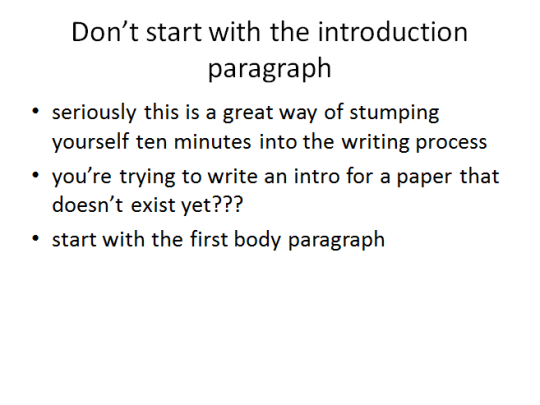

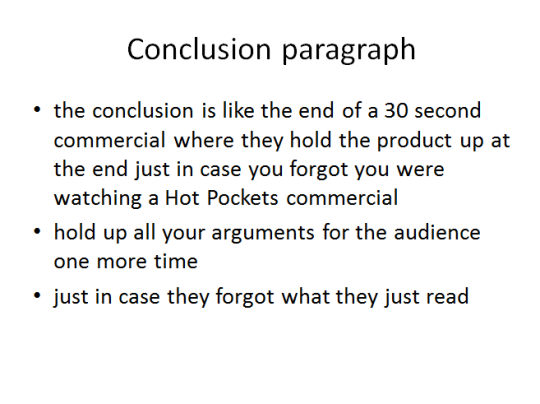
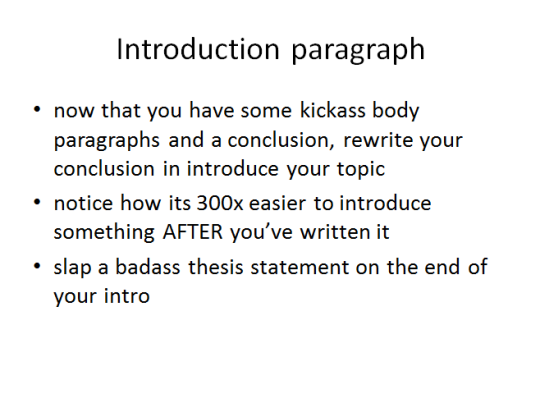
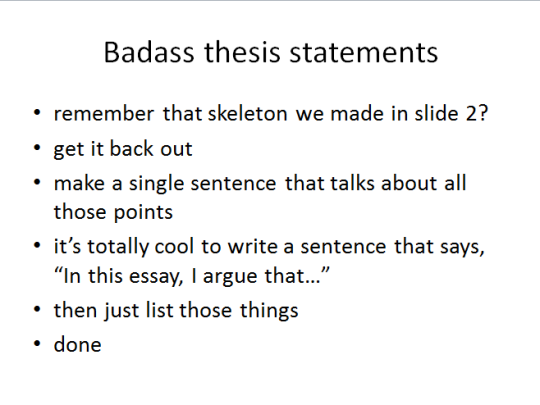
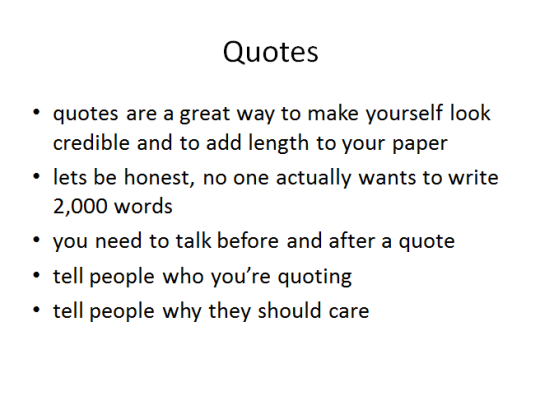
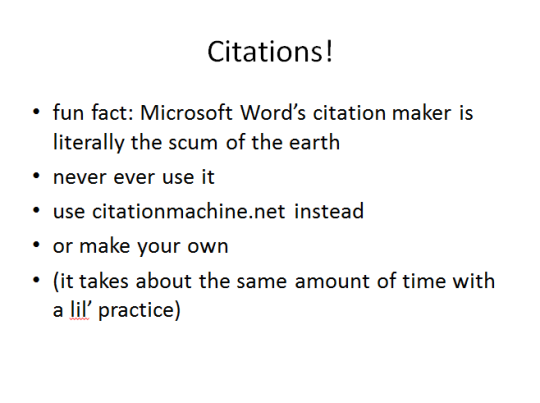

It’s essay writing season for tons of students!
After being a college writing tutor for over a year, I thought I would share my advice with all you awesome people on tumblr. This is how I write essays, but if you’ve got more tips, feel free to add them below.
Happy writing. You can do it!
1M notes
·
View notes
Photo
So Petty.

When your boss is more of a Digimon guy
100K notes
·
View notes
Photo
And they say our brains would rot from television.
#Millenials #90skids
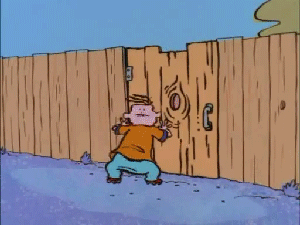


Sums up their personalities pretty well.
799K notes
·
View notes